This St. Patrick's Day, defy convention and celebrate snakes
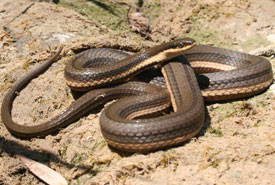
Queen snake (Photo by Joe Crowley)
For many of us, Saint Patrick is known as the protector of the rolling hills of Ireland. Every year, people around the world join in celebrating his legendary story. The green beer, shamrocks and other verdant regalia synonymous with St....
Trail etiquette: The basics
As an avid naturalist and the stewardship coordinator for the Nature Conservancy of Canada’s (NCC’s) nature reserves in Nova Scotia, I spend a lot of time hiking and managing trails. I also like to hike in my spare time. With the warm...
The magic of seaweed
Along the Pacific Northwest, there are over 640 different species of seaweed. They come in many different shapes and sizes. However, they’re commonly grouped into three colours: brown, green and red. While these different species of seaweeds...
What will we save? The conservation decisions we make today will impact Canada’s wildlife forever
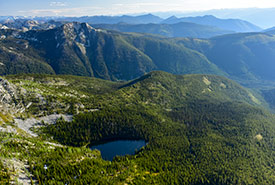
Next Creek alpine lake (Photo by Steve Ogle)
Nature conservation often means making tough decisions. The conservation that does, or doesn’t, happen today will have a big impact on the future of wildlife here in Canada and beyond. Canada is a large and vast country, and we are one of...
Lessons in winter wildlife photography
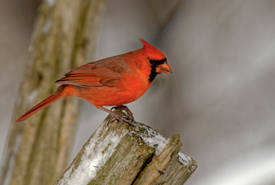
Male cardinal (Photo by Lorne)
Distant memories of my first film camera come to mind when I think about photography. Its silver colour and round dials looked impressive, everything was manual, all decisions were mine and feedback was non-existent, until the film was processed....
The Great Backyard Bird Count: Counting birds for community science
The Great Backyard Bird Count (GBBC) is a global community science project that aims to gather a snapshot of bird populations and distributions in mid-February, before their annual spring migrations begin. The GBBC runs for four days each year,...
Love is in the air, and in the waters too
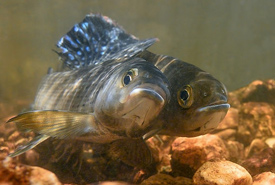
Mating arctic grayling (Photo by Charles Summers Jr.)
Did you know the amorous aura of Canada’s most romantic cities can be detected in nearby bodies of water? From coast to coast, and the rivers and lakes in between, there is no shortage of passion…among fishes. Coastal...
Let's talk about bulls this Lunar New Year
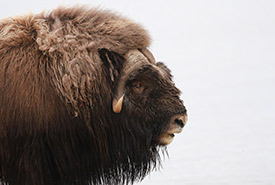
Muskox (Photo by camerondeckert, CC BY-NC 4.0)
Lunar New Year is celebrated every year and is marked by an animal zodiac on a repeating 12-year cycle. This year marks the year of the ox. According to Chinese mythology, the ox was the second animal to cross the finish line in a great race held...
Bird diversity is linked to human happiness
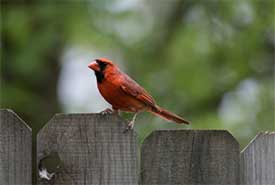
Cardinal on the fence (Photo by Nathan Anderson from Unsplash)
How to protect avian biodiversity and our well-being Are the early morning songs of black-capped chickadees a welcome sound? Does watching a flurry of happy finches and jays feasting on berries bring you joy? If you answered yes, then it may...
Wanting wetlands: Marking 50 years of wetland conservation and loss
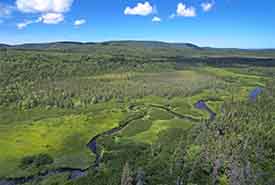
Black River Bog, NS (Photo by Mike Dembeck)
Fifty years ago, nations gathered to create the world’s first global agreement to conserve a habitat. Maybe it will surprise you that this agreement wasn’t for tropical rainforests or coral reefs or oceans. It was a for a habitat that...

